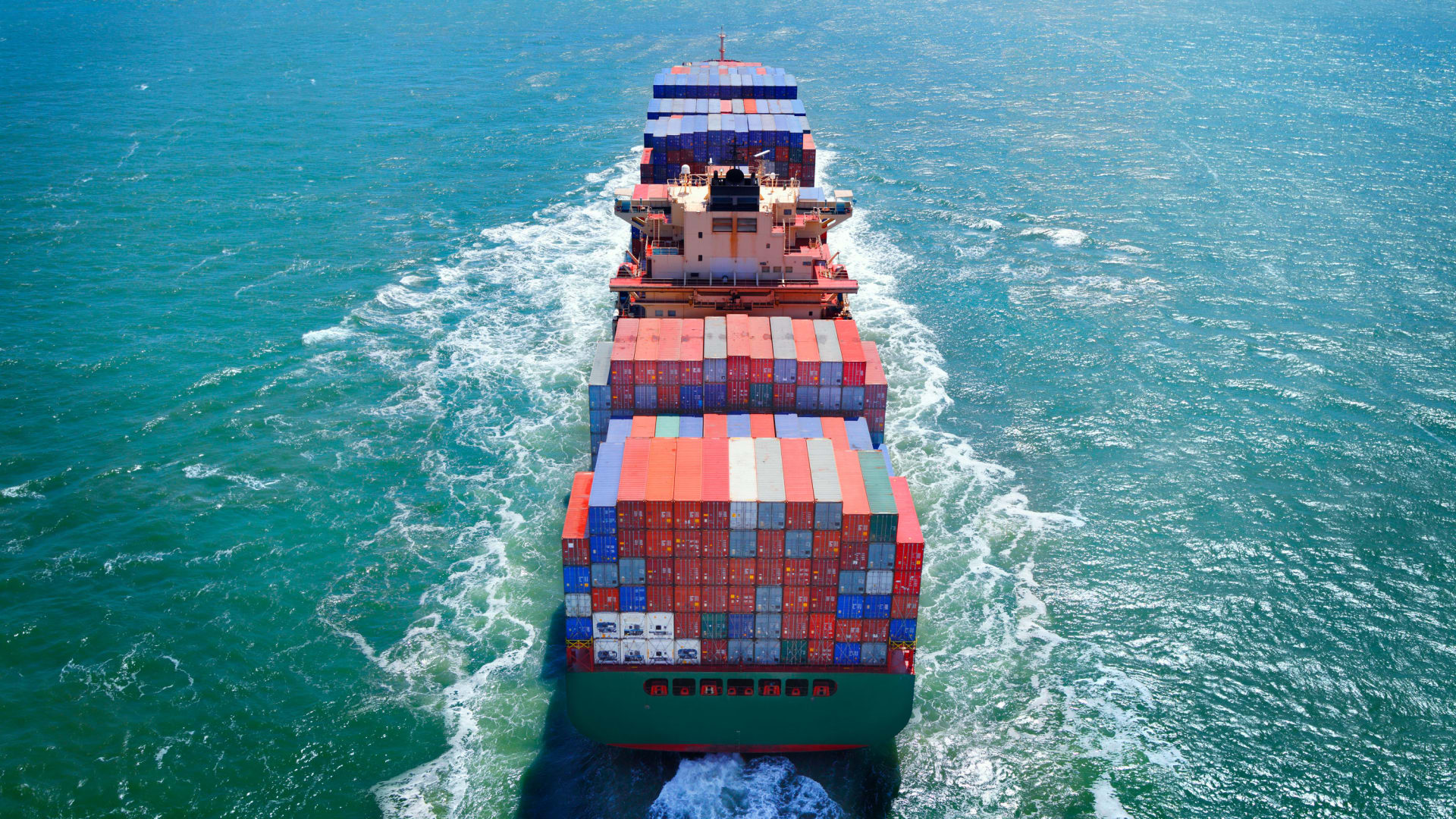Supply Chain Disruptions Are Likely to Continue in 2023. Here's How to Manage
While some severe pressures from the pandemic are starting to ease, there are still many global supply chain obstacles business owners should keep their eyes on.
Various outside forces have disrupted supply chains since the pandemic. High demand and bottlenecks have slowed international trade, the pandemic has transformed the workforce and exacerbated labor shortages, and new policies and regulations have changed the landscape for logistics companies.
Luckily, there are some positive signs. The New York Federal Reserve's Global Supply Chain Pressure Index, a global measure designed to identify supply chain disruptions using a range of indicators, is at 1.0 as of December 2022, down from a pandemic high of more than 4.0 in 2021. Additionally, freight rates and shipping container rates are in decline, a sign of slowing demand and an easing of port congestion.
Still, there are many major disruptions to supply chain operations expected for 2023. Here's what to look out for and how to plan ahead.
Use technology to help with infrastructure issues.
Infrastructure challenges continue to be a massive problem for supply chains. President Joe Biden's infrastructure plan, which passed in November 2021 and aims to refurbish the nation's ports, rail networks, roadways, and bridges, will likely take years to come to fruition. Labor experts and economists say there are simply not enough skilled workers to complete the agenda any time soon.
In the meantime, existing issues are worsening. Infrastructure failures were up over 200 percent from the first 10 months of 2021 to 2022, according to a Global Risk Index Report from risk management software company OnSolve. These failures cause a litany of problems, including power outages, production failures, and the redistribution of resources for production and distribution.
In this environment, businesses will need to rely on technology more than ever -- specifically, predictive analytics, A.I., and other forecasting software can help businesses determine when shifts will occur and how to reroute their shipments accordingly, says Kevin Miller, CTO of enterprise supply chain management software company IFS.
"When disaster strikes, businesses that have these processes in place will be better positioned to react to whatever comes their way," says Miller. "For logistics and shipping leaders this means cost savings, profitability, and consumer satisfaction."
Make sure you understand your climate impacts.
New regulations and consumer demands are pressuring many companies, especially logistics companies, to measure and disclose their sustainability practices.
The U.S. Securities and Exchange Commission now requires public companies to include climate-related disclosures, including risks associated with climate change, in their annual reports. As part of the issuer rule, companies must disclose emissions they are directly responsible for, as well as emissions from their supply chains and products.
The SEC currently indicates "final action" on climate disclosure will be made in April 2023, although smaller companies will have until 2025 before they need to be in compliance. While most private companies won't be required to report on climate-related information, they will need to do so if they fall within a larger company's value chain.
Pay attention to duties and tariffs.
During the pandemic, the U.S. government lifted duties and tariffs on internationally manufactured products that could not be produced domestically. Those duties and tariffs are now back in play, and companies have to account for the additional cost, notes Arjun Kapur, managing director for Forecast Labs, a venture capital group within Comcast NBCUniversal.
To avoid those extra charges, some companies are shipping products from outside the U.S. through Canada or Mexico, a method called bonded warehousing. In other words, instead of shipping products from China directly to a warehouse in the U.S., companies are shipping products to warehouses just across the border. This cuts the cost of import duties by as much as 20 to 30 percent, says Kapur.
"Since companies technically never bring the product into the U.S. and take possession of it, they avoid tariffs and duties," he says. "We're seeing a lot of companies exploring that option to combat inflation and other price increases."
This article was written by Brit Morse from Inc. and was legally licensed through the Industry Dive Content Marketplace. Please direct all licensing questions to legal@industrydive.com.
